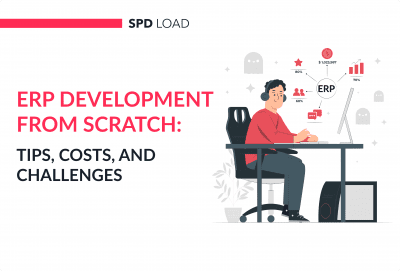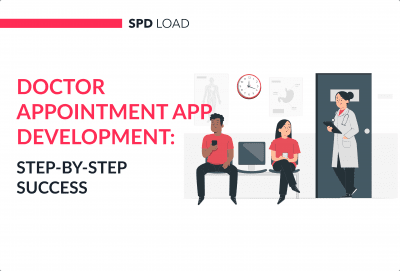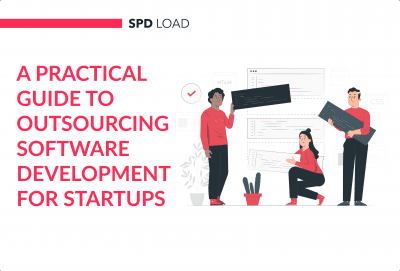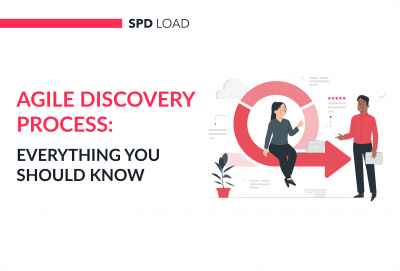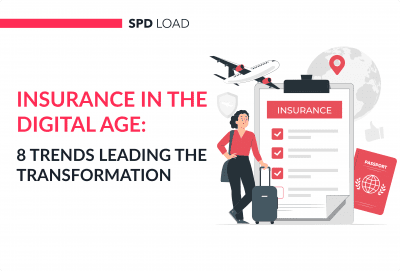How to Calculate Annual Recurring Revenue?
- Created: Apr 09, 2024
- 3 min
In this easy-to-follow guide, we’ll break down the simple steps to crunching the numbers and understanding the true value of your business.
Whether you’re a seasoned entrepreneur or just getting started, mastering ARR calculation is your key to unlocking growth and stability in today’s competitive market.
What is ARR (Annual Recurring Revenue)?
Annual Recurring Revenue (ARR) is a way for businesses to measure the total amount of money they expect to receive from subscription-based services or products over a year.
Imagine you own a software company that sells a monthly subscription for $10.
You have 100 customers who subscribe to your service. To calculate your ARR, you need to multiply the monthly subscription fee by the number of customers and then by 12 (to represent a year).
So, in this example:
$10 (monthly subscription fee) x 100 (number of customers) x 12 (months) = $12,000 ARR
This means your business is expected to generate $12,000 in revenue over the course of a year from these subscriptions.
Don’t worry. There is no need to do all the math work on your own. You can just use our ARR calculator to get the results in a few seconds.
How to Use the ARR Calculator?
Using the ARR calculator is easy. Just follow these simple steps:
Start by inputting how much you charge for your subscription service or product each month.
This could be the amount customers pay to use your app, access your online content, or receive your service.
Next, type in the total number of customers who subscribe to your service. This could be the number of people who have signed up for your monthly membership, bought your software licenses, or subscribed to your SaaS product.
Once you’ve entered these numbers, the calculator will automatically multiply the subscription price by the number of customers and then by 12 (to represent a year).
This gives you your Annual Recurring Revenue, which shows how much money you expect to make from subscriptions in a year.
Now that you have your ARR, you can analyze your revenue stream, track your business growth, and make informed decisions.
You might use this information to set financial goals, adjust your SaaS pricing strategies, or invest in customer acquisition and retention efforts.
Using a CAC calculator can help you make informed decisions on acquisition strategies.
Why is ARR Important?
ARR is important because it gives you a clear view of your revenue from subscription based services or products over a year.
ARR is a stable and predictable metric for businesses with subscription models.
It helps you forecast more accurately, so you can plan and make better decisions.
This is a key indicator of a company’s health and stability. It shows you can generate revenue consistently over time which is important for attracting investors and funding.
By monitoring ARR you can see your growth path. By increasing ARR you can show you can get new customers, keep the ones you have and upsell or cross-sell more products or services.
Investors and analysts use ARR to value a subscription based business. A high ARR means a strong and sustainable revenue stream which can increase the company’s valuation and attractiveness to investors or buyers.
Since ARR is based on recurring revenue from customers, it forces businesses to focus on customer satisfaction, retention and loyalty. Happy customers keep their subscriptions so yearly revenue is higher.
In summary, ARR serves as a valuable metric for both internal decision-making and external evaluation by investors and stakeholders.
How to Improve ARR?
Let’s explore how you can improve your ARR.
You want to start with the most obvious step – acquire more customers.
This can be achieved through targeted marketing campaigns, referrals, partnerships, and expanding your market reach. Try our CPM calculator to measure ad efficiency based on cost per thousand impressions.
Also, make sure your existing customers stick around by providing great service. For instance, outsourcing certain business operations to an online software company might offer helpful customer support to prevent people from canceling their subscriptions.
Encourage your existing customers to buy more from you. For example, a meal kit delivery service might offer upgrades to larger meal plans.
Focus on making your customers stick with you for a long time. A fitness app might introduce new challenges and workouts to keep users engaged and subscribed.
Make your service or product even better based on what your customers want. A cloud storage service might add new features like file organization tools based on user feedback.
Finally, you can look for new groups of people who might be interested in what you offer. For example, a language learning app might create specialized versions for different age groups or professions.





